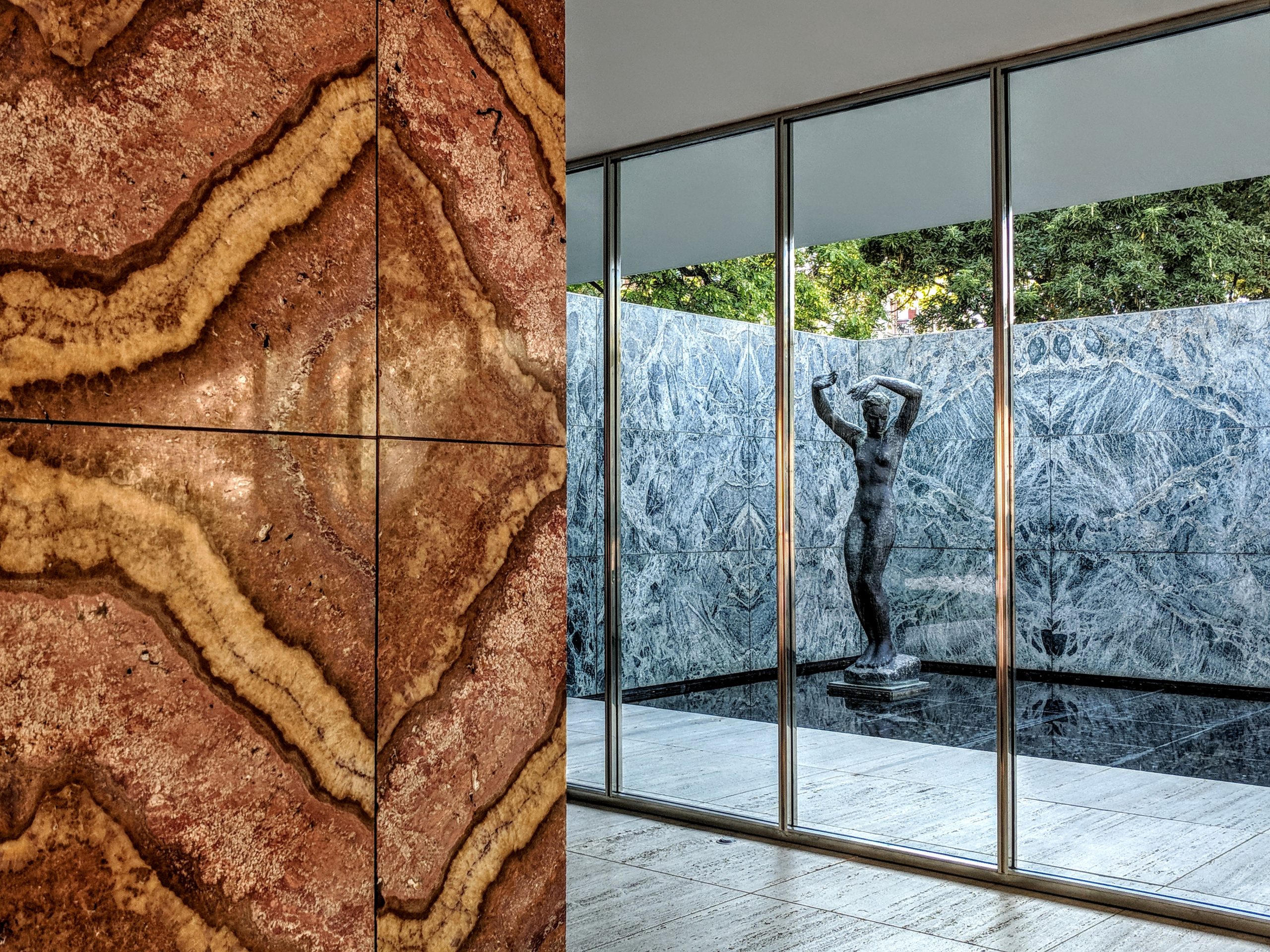The latest edition of “Architizer: The World’s Best Architecture” — a stunning, hardbound book celebrating the most inspiring contemporary architecture from around the globe — is now available. Order your copy today.
Burkina Faso-born architect, educator and social activist Diébédo Francis Kéré has made history after being named the 2022 Pritzker Prize laureate. Known as Francis Kéré, the founder of Kéré Architecture is recognized for his “commitment to social justice and engagement, and intelligent use of local materials to connect and respond to the natural climate, he works in marginalized countries laden with constraints and adversity, where architecture and infrastructure are absent.” He is the first African and the first Black architect to win the prize since it began being awarded in 1979.
Trained first as a carpenter and later as an architect, his deep knowledge and concern for materiality is visible in his work. Though based in Berlin, his practice often gravitates towards works throughout the continent of Africa. From contemporary school institutions to health facilities, and professional housing to civic buildings and public spaces, his designs steer clear of simple categorizations: global vs. local, aesthetic vs. social, and so on.
As the Pritzker jury succinctly put it, “Francis Kéré’s entire body of work shows us the power of materiality rooted in place. His buildings, for and with communities, are directly of those communities – in their making, their materials, their programs and their unique characters. They are tied to the ground on which they sit and to the people who sit within them. They have presence without pretense and an impact shaped by grace.”
 Though many architectural enthusiasts around the world may only now be acquainting themselves with his larger body of work, they are likely already familiar with his design for the 2017 Serpentine Pavilion — a timber structure accented with indigo blue that ingeniously connected different times and spaces and reinterpreted form of the massive tree at the heart of his home town.
Though many architectural enthusiasts around the world may only now be acquainting themselves with his larger body of work, they are likely already familiar with his design for the 2017 Serpentine Pavilion — a timber structure accented with indigo blue that ingeniously connected different times and spaces and reinterpreted form of the massive tree at the heart of his home town.
His signature architectural vocabulary of double roofs, thermal mass, wind towers, indirect lighting, cross ventilation and shade chambers (replacing conventional windows, doors and columns), confounds attempts to separate practicality from poetry in design. Yet, while Kéré’s architectural reputation is strongly tied to the work’s built realization, yet, his working images and visualizations are also remarkable in their own right.
“Francis Kéré’s work also reminds us of the necessary struggle to change unsustainable patterns of production and consumption, as we strive to provide adequate buildings and infrastructure for billions in need,” the Jury noted. “He raises fundamental questions of the meaning of permanence and durability of construction in a context of constant technological changes and of use and re-use of structures. At the same time his development of a contemporary humanism merges a deep respect for history, tradition, precision, written and unwritten rules.”
The latest edition of “Architizer: The World’s Best Architecture” — a stunning, hardbound book celebrating the most inspiring contemporary architecture from around the globe — is now available. Order your copy today.









